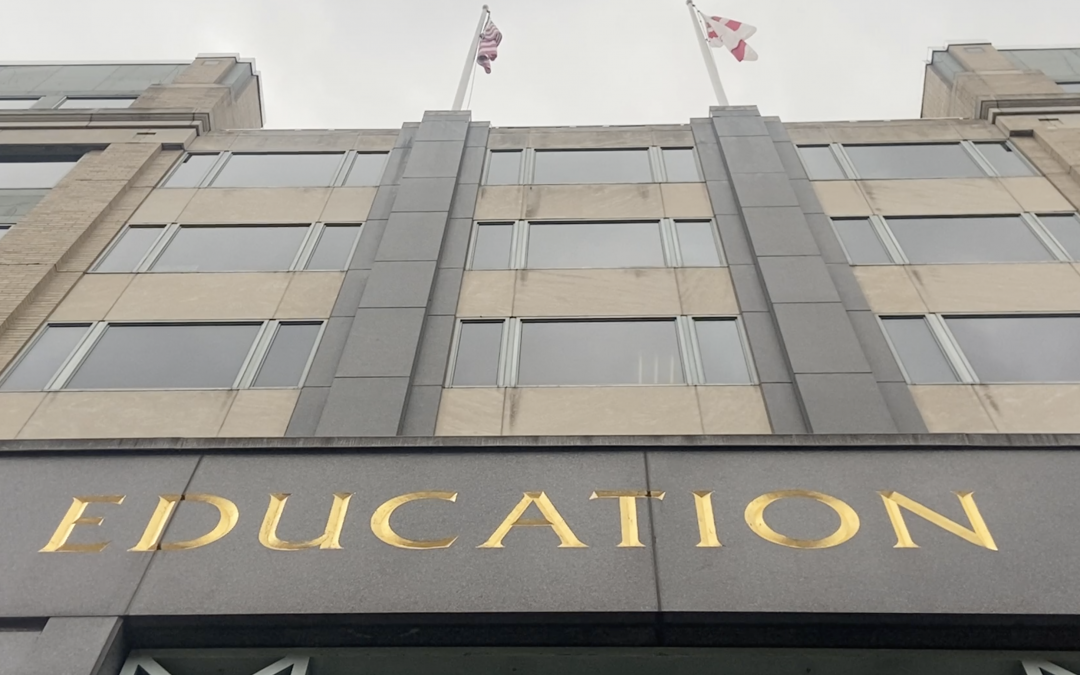WASHINGTON — The Albany City Council was early to conversations about the need for widespread federal student loan forgiveness. In August 2009, council members passed a resolution urging the federal government to consider forgiving student loans in order to help the economy.
Jim Sano, a lifelong Albany resident and former middle school teacher, said he conceived the idea for the resolution after receiving an article from his daughter, a graduate student at New York University, outlining the devastating effects of student debt. It struck a nerve, especially because he saw other parts of the economy receiving federal help in response to the Great Recession.
One section of the resolution focused on expanding access to forgiveness of both private and public loans for public sector employees in order “to better utilize these degrees and experience especially in our most disadvantaged sectors.”
At the time, the federal government had already created one program to forgive loans for public servants: the Public Service Loan Forgiveness program. But it has proved to not be as effective as intended, and the Department of Education announced a massive overhaul last week.
Established in 2007, the PSLF program was a promise to public service employees — teachers, firefighters, health care employees and more — that after 10 years in public service their debts would be removed if they had fulfilled 120 payments.
“It was both a reward for people who were doing important work and an incentive to make sure that folks wouldn’t be prevented from entering public service jobs because of their debt burden,” Winston Berkman-Breen, director of advocacy for the Student Borrower Protection Center, said.
The first year a group of eligible borrowers would have had their debts forgiven was 2017. However, the number of participants who benefited was much lower than expected.
According to a Government Accountability Office report, by April 2018, over 1 million had started the process to verify their eligibility for the program. From there, a total of 20,000 people had submitted an application for loan forgiveness, and only 55 people were granted forgiveness.
Only 1.2% of New York PSLF participants have had their debts forgiven, with the remaining PSLF participants in the state still owing more than $8 billion in student loans, according to a report by Sen. Kirsten Gillibrand, D-N.Y., using Education Department data.
A confusing application process, stringent requirements for payments that would qualify toward the 120 and lack of clear communication are partially to blame for this outcome, according to a number of experts. Randi Weingarten, president of the American Federation of Teachers said the program was “worse than the worst maze that anyone has ever gone through.”
With the overhaul, the Department of Education plans to make a number of changes. Significantly, a limited-time waiver will allow borrowers to consolidate their loans, making prior payments count towards their 120 payments regardless of the type of loan or payment plan. The deadline to apply for this program is Oct. 31, 2022.
Other changes include plans to simplify the application process, review all denied PSLF applications to correct prior errors, remove barriers that deter the participation of members of the military and improve communication with eligible borrowers, the agency said.
Eric Harrington, senior counsel for the National Education Association, said the significance of this overhaul is being understated.
“This is a very big deal… For educators, this overhaul could mean 10 to 15% of all educators in the country, nearly a million people, could have their student debt wiped out from these actions,” he said.
But some say these changes only scratch the surface.
Gillibrand, who’s been calling for reform of the program since last year, commended the Biden administration for the recently announced changes. However, she emphasized that the changes are only temporary solutions.
“We can and should do more to help people who have served our communities and planned their lives careers and futures around the promise of the PSLF program,” Gillibrand said.
She sponsored legislation last year that would make more permanent changes to the program, including making it more flexible. Her bill would allow participants to have their loans partially forgiven after five years of service and make all federal college education loans eligible permanently.
Janet Werther, an adjunct professor in the State University of New York System, has failed to qualify for PSLF twice – once while a professor and again while working part-time at an arts nonprofit. PSLF requires borrowers to work full time or at least 30 hours a week and while there are exceptions to the rule, reaching this minimum is a necessity year after year. Werther said this requirement, especially in the higher education system, poses a problem because there is a higher proportion of part-time professors compared to full-time positions.
“There’s a structural inequity there in that those of us who in the university system are the most economically disadvantaged, the most precarious, the most structurally underprivileged in our work, are also the least able to access public service loan forgiveness,” they said.
The impact of the overhaul will be seen in the coming years, and until then, Gillibrand said the key for regaining faith in this program lies in making it work.
“If we give a million people loan forgiveness, the million who have done the work over the last 10 years, who deserve it, that would transform people’s impression of the program overnight.”



